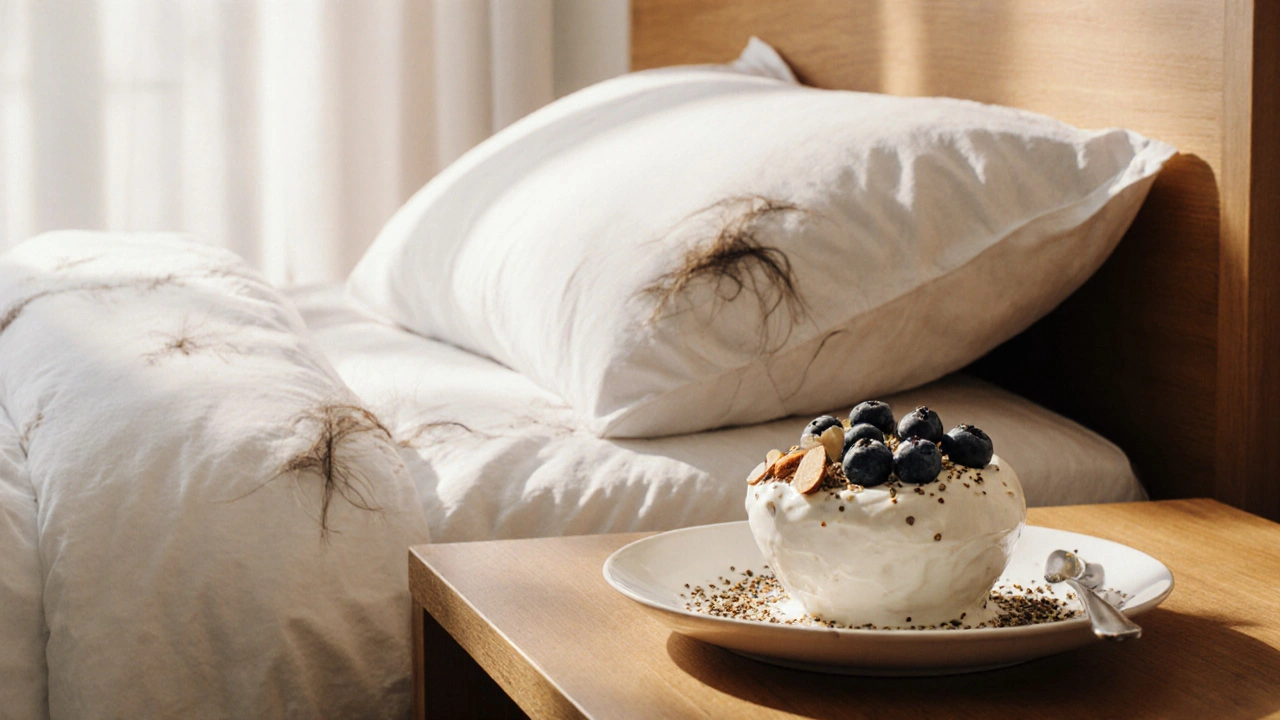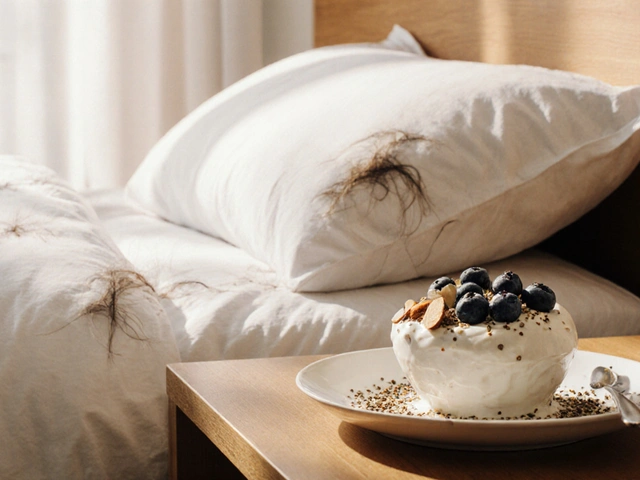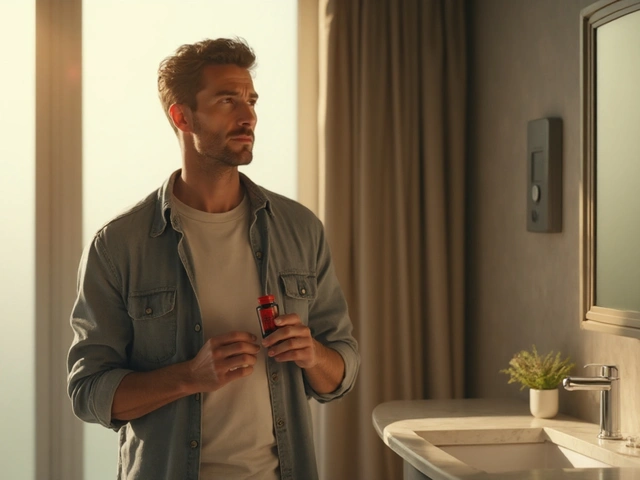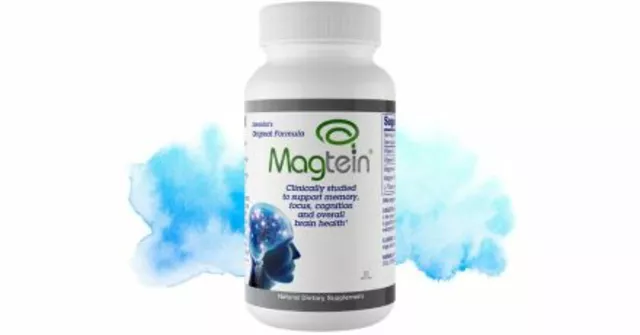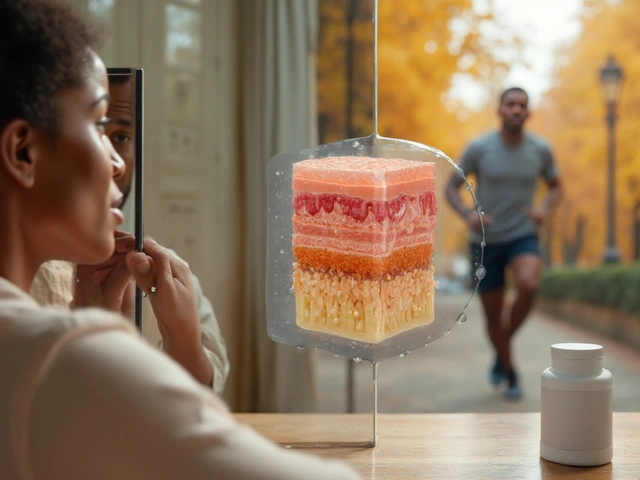Hair Health Nutrient Calculator
Calculate Your Hair-Nutrient Needs
Enter your details to get personalized daily targets for key hair nutrients.
Seeing more strands on your pillow or in the shower can feel alarming, but the good news is that what you put on your plate plays a surprisingly big role in keeping your hair strong. By adjusting your diet, you can give your follicles the building blocks they need to stay healthy and reduce the risk of thinning.
Key Takeaways
- Protein, iron, zinc, biotin, vitamin D, and omega‑3s are the most influential nutrients for hair health.
- Whole‑food sources (salmon, leafy greens, eggs, nuts) work better than isolated supplements.
- A balanced Mediterranean‑style diet supports scalp circulation and gut health, both linked to hair growth.
- Addressing deficiencies early can prevent common forms of hair loss such as telogen effluvium and androgenic alopecia.
- Consistent hydration and stress‑management are essential companions to a nutrient‑rich diet.
Understanding What Triggers Hair Loss
There are several ways to classify hair loss a condition where hair strands fall out faster than they can regrow. The most common types are:
- Androgenic alopecia - often called “pattern baldness,” driven by genetic sensitivity to dihydrotestosterone (DHT).
- Telogen effluvium - a temporary shedding triggered by stress, illness, or sudden nutrient gaps.
- Alopecia areata - an autoimmune attack on hair follicles.
While genetics and hormones set the stage, nutrition determines whether the follicles have enough raw material to stay in the growth phase.
The Nutrition Blueprint for Strong Hair
Think of each hair strand as a tiny rope made of keratin protein. To keep that rope from fraying, the body needs a steady supply of specific nutrients.
Protein - the Core Building Block
Protein the macronutrient made of amino acids that forms keratin provides the structural foundation for hair. Studies show that low‑protein diets can shrink hair follicles by up to 30% within weeks. Aim for 0.8-1.2g of protein per kilogram of body weight daily, sourced from:
- Lean poultry and fish (especially salmon, which also adds omega‑3s).
- Eggs - a complete protein containing all nine essential amino acids.
- Legumes and quinoa for plant‑based options.
Iron - Keeping the Supply Line Open
Iron a mineral crucial for oxygen transport in red blood cells is often overlooked. Iron deficiency is linked to 40% of telogen‑effluvium cases in women of reproductive age. Women need about 18mg per day, men 8mg. Ideal sources include:
- Spinach and kale (enhanced absorption when paired with vitaminC).
- Red meat - more bioavailable heme iron.
- Lentils and fortified cereals.
Zinc - The Repair Manager
Zinc a trace mineral that supports DNA synthesis and cell division helps rebuild hair tissue and maintain oil‑gland function. Deficiencies can cause patchy hair loss and a dry scalp. The recommended daily amount is 11mg for men and 8mg for women. Foods rich in zinc:
- Oysters - the highest natural zinc content.
- Pumpkin seeds and cashews.
- Legumes - soak them to reduce phytate interference.
Biotin (VitaminB7) - The Growth Catalyst
Biotin a B‑vitamin that assists enzymes involved in fatty acid synthesis is frequently marketed for hair, and while severe biotin deficiency is rare, marginal shortfalls can still weaken hair shafts. The adequate intake is 30µg per day. Include biotin‑rich foods such as:
- Egg yolks.
- Almonds.
- Sweet potatoes.
VitaminD - The Hormonal Balance Partner
VitaminD a fat‑soluble vitamin that modulates immune response and hair follicle cycling deficiency correlates with alopecia areata and telogen effluvium. Adults generally need 600-800IU per day, though people living in higher latitudes (like Calgary) may require higher supplemental doses during winter.
Omega‑3 Fatty Acids - Nourishing the Scalp
Omega‑3 fatty acids essential polyunsaturated fats that reduce inflammation and improve blood flow keep the scalp hydrated and support follicle nourishment. EPA and DHA, the two most potent forms, are abundant in fatty fish. Aim for two servings per week or 250-500mg of combined EPA/DHA daily.
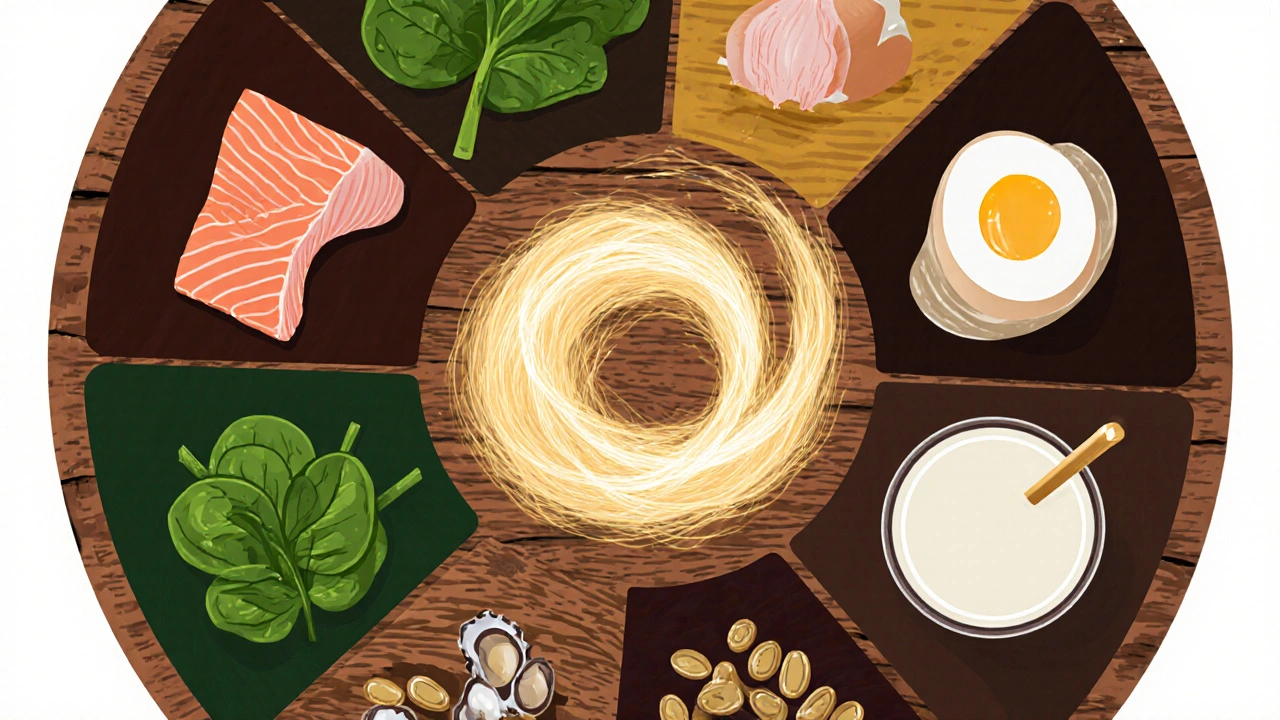
Putting It All Together: A Sample Daily Plate
Instead of counting pills, visualize a day’s meals that hit every hair‑friendly target.
- Breakfast: Greek yogurt topped with sliced almonds, blueberries, and a drizzle of ground flaxseed (protein + omega‑3 + zinc).
- Mid‑morning snack: A boiled egg and a small orange (biotin + vitaminC for iron absorption).
- Lunch: Grilled salmon salad with spinach, cherry tomatoes, quinoa, and olive oil dressing (protein, omega‑3, iron, vitaminD).
- Afternoon snack: A handful of pumpkin seeds (zinc) plus a cup of green tea (antioxidants).
- Dinner: Stir‑fried tofu with broccoli, bell peppers, and brown rice; side of lentil soup (protein, iron, biotin).
Top off the day with at least eight glasses of water. Hydration supports the skin’s barrier and keeps the scalp from becoming dry and brittle.
Evidence‑Backed Benefits of a Mediterranean‑Style Diet
Research published in the *Journal of Dermatology* (2023) followed 2,500 adults for three years and found that those adhering to a Mediterranean‑style eating pattern experienced 22% less hair thinning compared with a typical Western diet. The diet’s emphasis on fruits, vegetables, whole grains, nuts, and fatty fish aligns perfectly with the nutrient list above.
Common Pitfalls and How to Avoid Them
- Relying solely on supplements: Whole foods offer synergistic compounds (e.g., vitaminC boosts iron uptake) that pills can’t match.
- Skipping meals: Intermittent fasting may reduce overall caloric intake, which can unintentionally lower protein and micronutrient availability.
- Neglecting gut health: A healthy microbiome improves nutrient absorption. Include fermented foods like kefir or kimchi.
- Ignoring lifestyle factors: Chronic stress raises cortisol, which can push hair follicles into the resting phase. Pair diet with regular exercise and adequate sleep.

Quick Nutrition Checklist for Hair Health
| Nutrient | Primary Benefits | Best Food Sources | Recommended Daily Amount |
|---|---|---|---|
| Protein | Builds keratin, strengthens shaft | Chicken, fish, eggs, legumes | 0.8-1.2g/kg body weight |
| Iron | Supports oxygen delivery to follicles | Spinach, red meat, lentils | 8mg (men) / 18mg (women) |
| Zinc | Aids DNA synthesis, oil‑gland function | Oysters, pumpkin seeds, beef | 11mg (men) / 8mg (women) |
| Biotin (B7) | Enhances fatty‑acid metabolism | Egg yolk, almonds, sweet potatoes | 30µg |
| VitaminD | Regulates follicle cycle, immune balance | Fatty fish, fortified milk, sunlight | 600-800IU (higher in winter) |
| Omega‑3 (EPA/DHA) | Reduces inflammation, improves scalp circulation | Salmon, mackerel, flaxseed | 250-500mg EPA/DHA |
When to Seek Professional Help
If you notice rapid shedding (more than 100threads per day), a receding hairline, or bald patches, schedule a visit with a dermatologist or trichologist. Blood tests can confirm iron, zinc, or vitaminD deficiencies, and a professional can rule out underlying hormonal or autoimmune issues.
Frequently Asked Questions
Can a vegan diet support hair health?
Yes, but you need to be intentional about protein, iron, zinc, and B‑vitamin sources. Combine legumes, tofu, nuts, seeds, and fortified plant milks. Pair iron‑rich plant foods with vitaminC (citrus, bell peppers) to boost absorption.
Is it better to take hair‑specific supplements?
Supplements can fill gaps, but they’re most effective when your diet already covers the basics. Look for products that list natural sources of biotin, zinc, and omega‑3s, and avoid mega‑doses that may cause side effects.
How long does it take to see results after changing my diet?
Hair grows about 1cm per month, so noticeable improvements usually appear after three to six months of consistent nutrition.
Does dehydration affect hair loss?
Yes. A dehydrated scalp becomes dry and brittle, which can lead to breakage. Aim for at least 2L of water daily, more if you exercise heavily.
Are there any foods that actually worsen hair loss?
Highly processed foods high in refined sugars and trans fats can increase inflammation and insulin spikes, which may aggravate androgenic alopecia. Limiting fast food, sugary drinks, and excess dairy can help.
Next Steps for a Hair‑Friendly Lifestyle
1. Audit your current meals. Use a simple spreadsheet to note protein, iron, and zinc sources.
2. Swap one processed snack per day for a nutrient‑dense alternative-a handful of nuts or a fruit‑yogurt combo.
3. Schedule a blood test if you suspect deficiencies (especially iron and vitaminD).
4. Track progress. Take a photo of your scalp every month; hair growth is slow, but visual records keep you motivated.
5. Combine diet with healthy habits like regular exercise, stress‑relief techniques, and adequate sleep (7-9hours). The synergy of these factors maximizes the chances that your hair stays thick and resilient.
By feeding your body the right fuel, you give your follicles the best shot at staying in the growth phase. Nutrition isn’t a quick fix, but it’s one of the most reliable, low‑risk strategies you can start today.

